1. (Polluted) Lake Erie

Lake Erie, located between the U.S. and Canada, is often cited as one of the most polluted lakes in the United States. It has long struggled with issues related to agricultural runoff, invasive species, and urban waste. According to the Environmental Protection Agency, the lake’s shallow depth makes it especially vulnerable to nutrient loading from fertilizers and sewage, which leads to harmful algal blooms. These blooms deplete oxygen levels in the water, creating “dead zones” that harm aquatic life. The pollution also causes significant damage to the lake’s ecosystem, reducing water quality and impacting local economies, which rely on fishing and tourism.
Despite ongoing efforts to clean up the lake, such as the Great Lakes Restoration Initiative, Lake Erie’s pollution problems persist. In recent years, the lake has experienced more frequent and severe algal blooms, with some blooms producing toxins harmful to both humans and animals. The high population density around Lake Erie, combined with agricultural and industrial activities, means that it continues to face substantial challenges when it comes to improving water quality. While progress has been made, Lake Erie’s waters remain some of the most polluted in the U.S.
2. (Polluted) Great Salt Lake
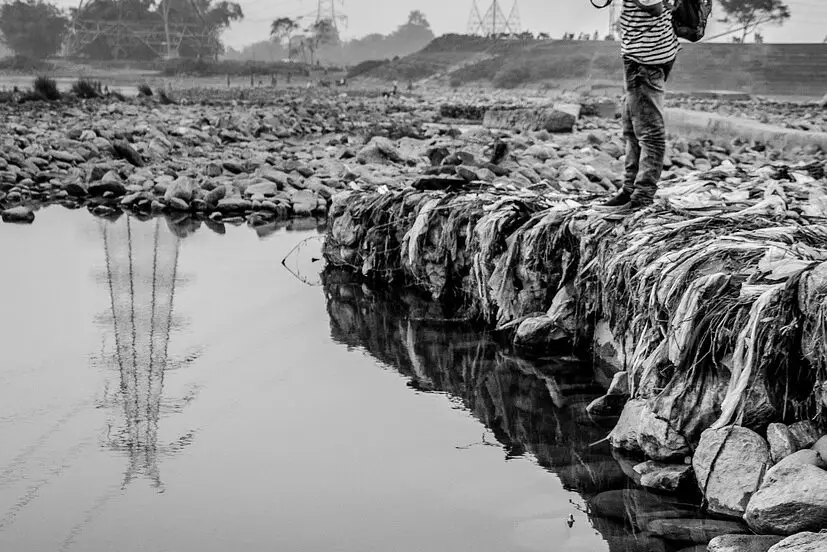
The Great Salt Lake in Utah is one of the most unique bodies of water in the U.S. due to its high salinity and the surrounding arid climate. However, despite its natural characteristics, the Great Salt Lake suffers from pollution, largely from industrial runoff, urban wastewater, and mining activities. The lake is highly sensitive to environmental changes, and as water levels drop due to climate change and water diversion, pollutants become more concentrated. According to Yale Environment360, this has led to concerns about toxic dust storms from the lakebed, which contain pollutants like heavy metals and pesticides.
The shrinking of the Great Salt Lake has also intensified the issues of pollution, as lower water levels expose more of the lakebed to the atmosphere, increasing the risk of harmful dust storms. The pollutants in the dust can negatively affect air quality and public health. The lake’s unique ecosystem, including migratory birds that depend on its waters, is also threatened by these pollutants. Despite its importance, the Great Salt Lake faces ongoing challenges related to pollution, and its future health remains uncertain unless effective action is taken.
3. (Polluted) Lake Michigan
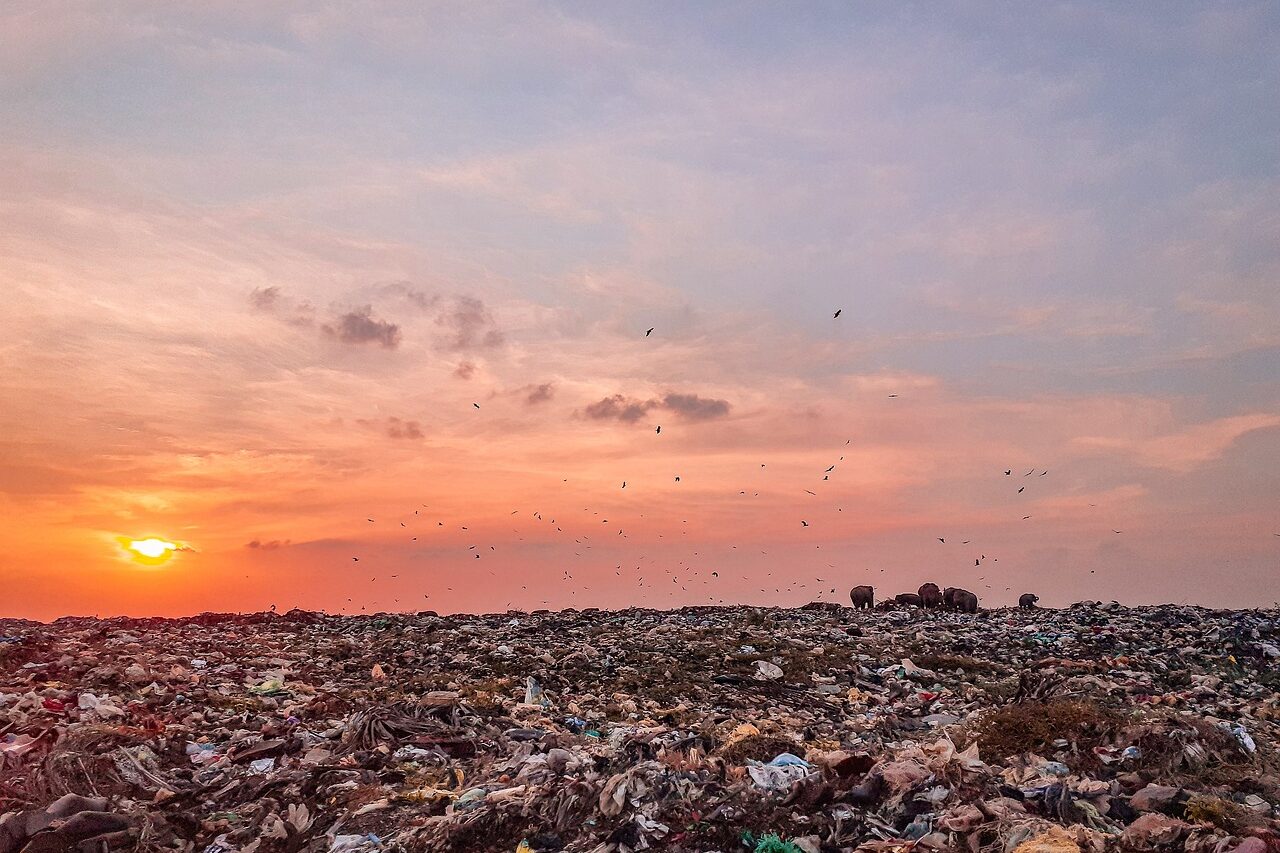
Lake Michigan, one of the five Great Lakes, faces a variety of pollution challenges, including invasive species, agricultural runoff, and urban wastewater. The lake’s proximity to major urban areas like Chicago and Milwaukee contributes to its pollution, as the dense population and heavy industrial activity results in the discharge of chemicals and waste into the water. Agricultural runoff from nearby farmlands also adds excess nutrients to the lake, leading to algal blooms and oxygen depletion. These pollutants not only affect the water quality but also harm the lake’s fish populations and disrupt local ecosystems.
The federal government and state agencies have worked to improve the lake’s water quality through various programs like the Great Lakes Restoration Initiative, which aims to reduce pollution and restore aquatic habitats. However, Lake Michigan remains one of the more polluted of the Great Lakes, and ongoing efforts are needed to address the threats posed by industrial and agricultural pollution. The lake’s water quality is still compromised by toxic substances, and while efforts have improved conditions in some areas, pollution remains a significant concern for the health of this vital body of water.
4. (Polluted) Lake Ontario
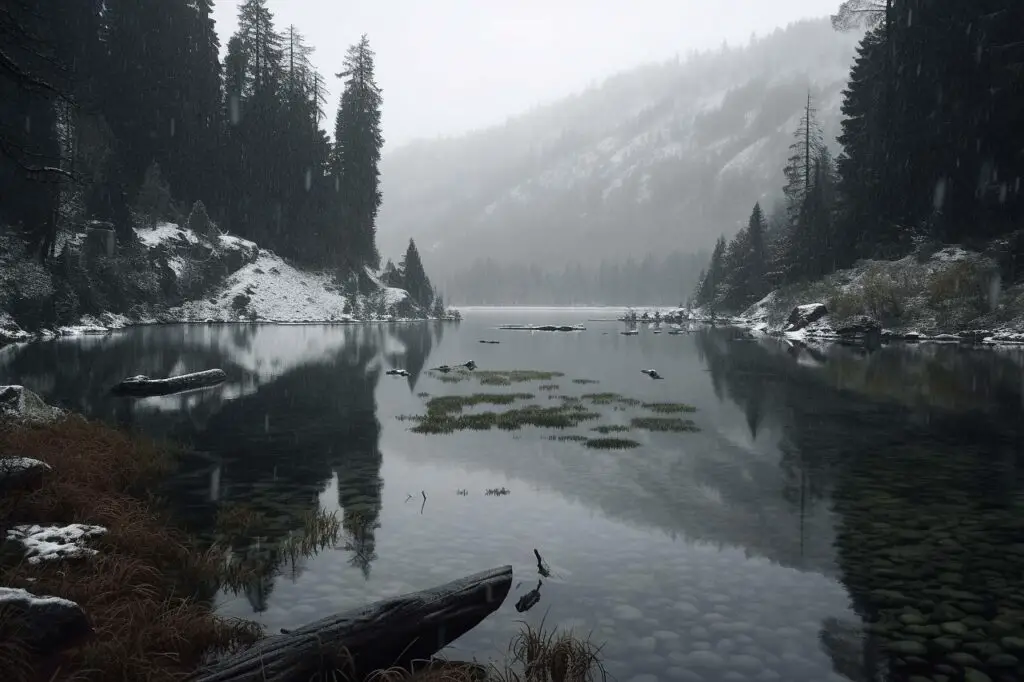
Lake Ontario, the smallest and most downstream of the Great Lakes, has long struggled with water quality issues, especially pollution from industrial activities, sewage runoff, and agricultural runoff. The lake is highly susceptible to contaminants due to its position at the end of the Great Lakes chain, meaning pollutants from the other lakes flow into it, according to the Environmental Protection Agency. Over the years, Lake Ontario has faced numerous challenges, including high levels of toxic chemicals, such as PCBs (polychlorinated biphenyls), that have been released into the water by industrial activities.
While there have been significant improvements in Lake Ontario’s water quality over the past few decades, especially after the cleanup efforts initiated by the Great Lakes Water Quality Agreement, the lake still faces threats. Algal blooms caused by excess nutrients and the presence of invasive species continue to impact the lake’s ecological balance. The surrounding urban areas, including parts of New York and Ontario, add to the pollution load. Despite improvements, Lake Ontario’s pollution levels are still a significant concern for the surrounding communities and ecosystems.
5. (Polluted) Chesapeake Bay
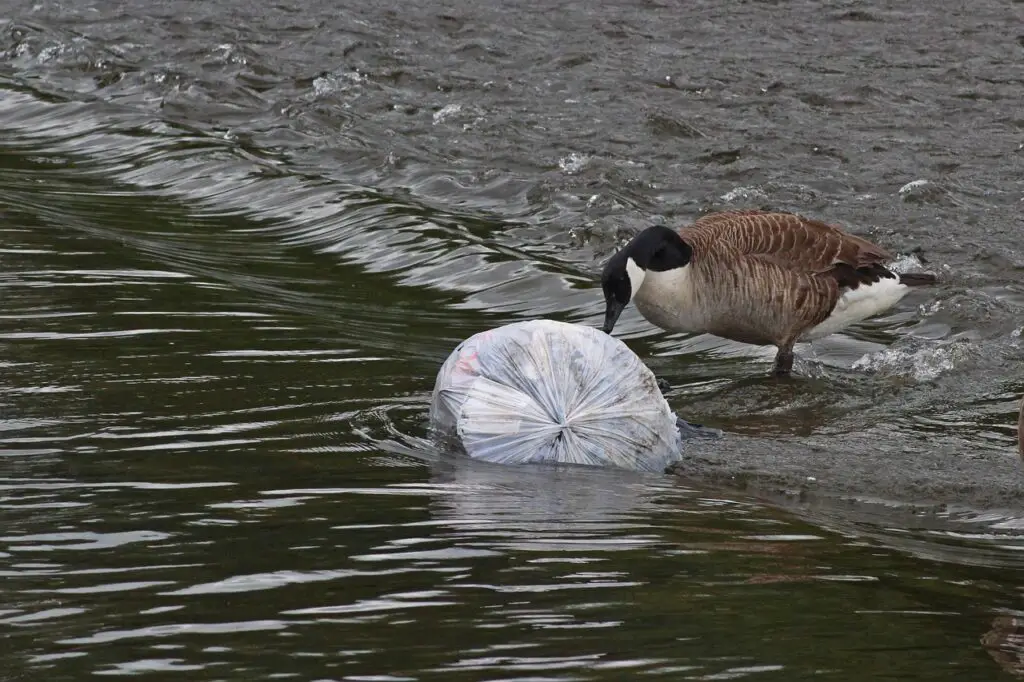
Chesapeake Bay, the largest estuary in the United States, has been plagued by pollution for decades. The bay suffers from high levels of nitrogen and phosphorus from agricultural runoff, sewage, and urban development. According to the Maryland Department of the Environment, this nutrient pollution causes excessive algal blooms, which deplete oxygen levels in the water and create hypoxic, or “dead zones,” where marine life cannot survive. The bay’s health is further compromised by sediment runoff from surrounding lands, which clouds the water and reduces sunlight needed for underwater grasses to grow. The combined effects of these pollutants have had a severe impact on the bay’s ecosystems, including fish, shellfish, and bird populations.
Efforts to clean up Chesapeake Bay have included the Chesapeake Bay Program, which seeks to reduce pollution and restore the health of the bay. These efforts have led to some improvement, but challenges remain. The bay’s size and the multiple states that border it complicate the cleanup process, and ongoing pollution from urban and agricultural sources continues to threaten its health. While progress has been made, Chesapeake Bay remains one of the most polluted bodies of water in the U.S., and substantial efforts are still needed to improve its water quality.
6. (Polluted) San Francisco Bay
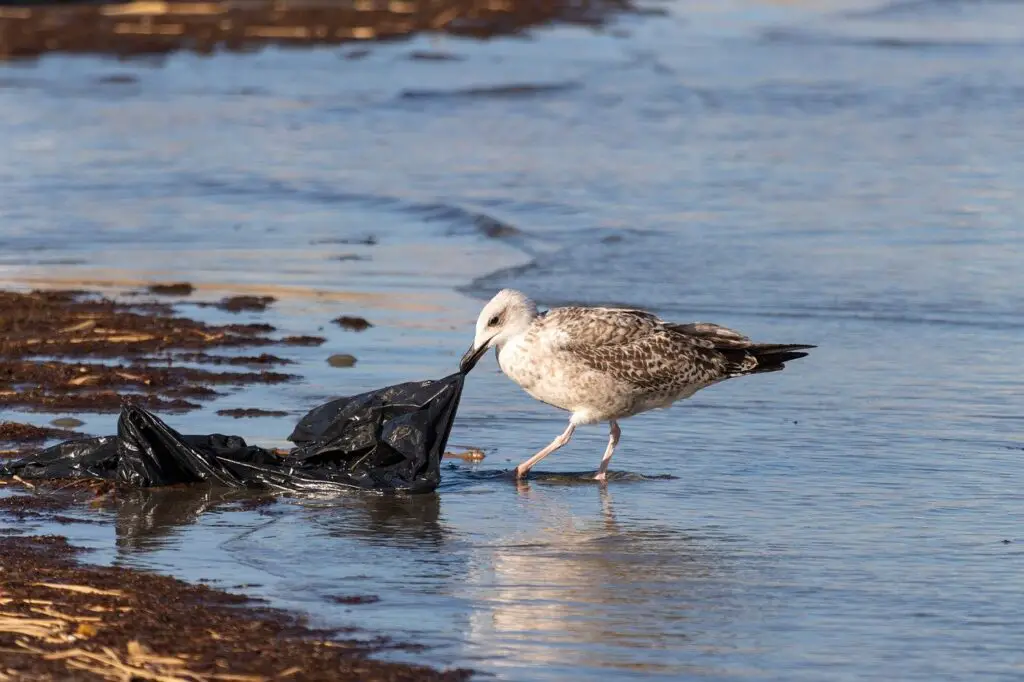
San Francisco Bay is another body of water in the U.S. that suffers from significant pollution largely due to urban runoff, industrial contamination, and invasive species. As one of the most densely populated and industrialized regions in the country, the bay is heavily impacted by pollutants from sewage, stormwater runoff, and industrial activity, according to the California Water Board. The bay has high levels of toxic chemicals, including mercury, which accumulate in fish and pose health risks to humans and wildlife. Additionally, invasive species like the striped bass have altered the bay’s ecosystems, further complicating efforts to restore its health.
The state of California has invested heavily in efforts to restore San Francisco Bay’s water quality, including the San Francisco Bay Restoration Authority, which funds cleanup projects. While progress has been made in reducing pollution from point sources, non-point source pollution—such as runoff from urban areas—remains a major challenge. The bay’s water quality still suffers from elevated toxin levels and the disruption of its natural ecosystem, making it one of the most polluted bays in the United States.
7. (Polluted) Lake Pontchartrain
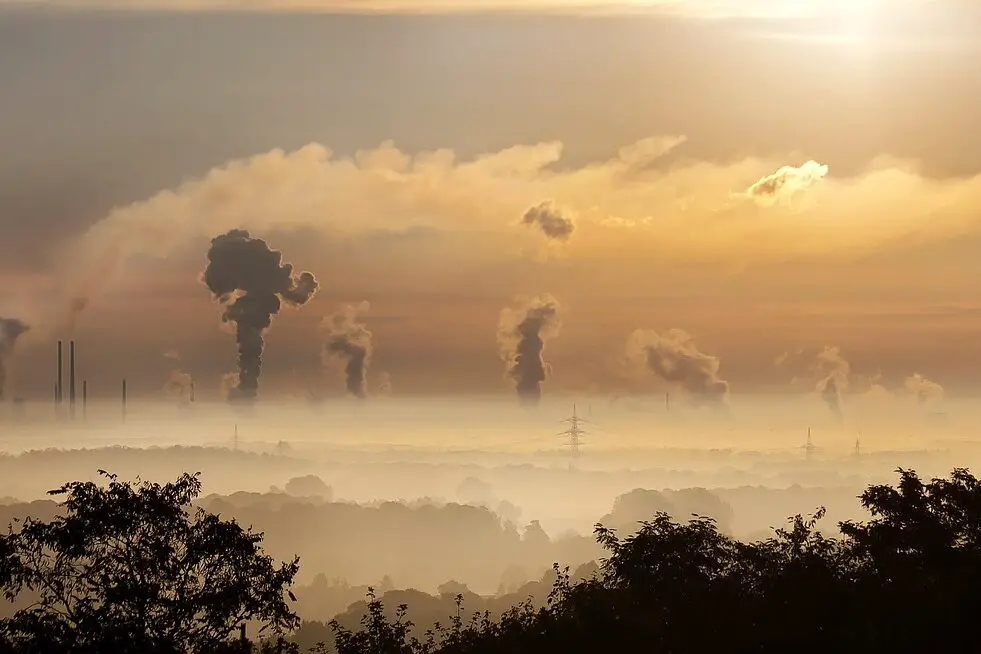
Lake Pontchartrain, located in Louisiana, is an estuarine system that has been heavily impacted by industrial pollution, agricultural runoff, and urban waste. The lake is exposed to a variety of pollutants, including oil, chemicals, and fertilizers, which flow into it from the surrounding areas. These pollutants cause nutrient enrichment, which leads to harmful algal blooms, oxygen depletion, and fish kills. The lake’s water quality is further compromised by the surrounding urban sprawl, particularly from New Orleans, which contributes to pollution runoff.
Despite ongoing cleanup efforts, Lake Pontchartrain continues to face pollution challenges. The state has implemented several programs to improve the water quality in the lake, but due to the large amount of industrial, urban, and agricultural runoff, the lake remains at risk. The water quality in Lake Pontchartrain is still compromised by high levels of toxins, making it one of the most polluted bodies of water in the United States.
1. (Cleanest) Crater Lake
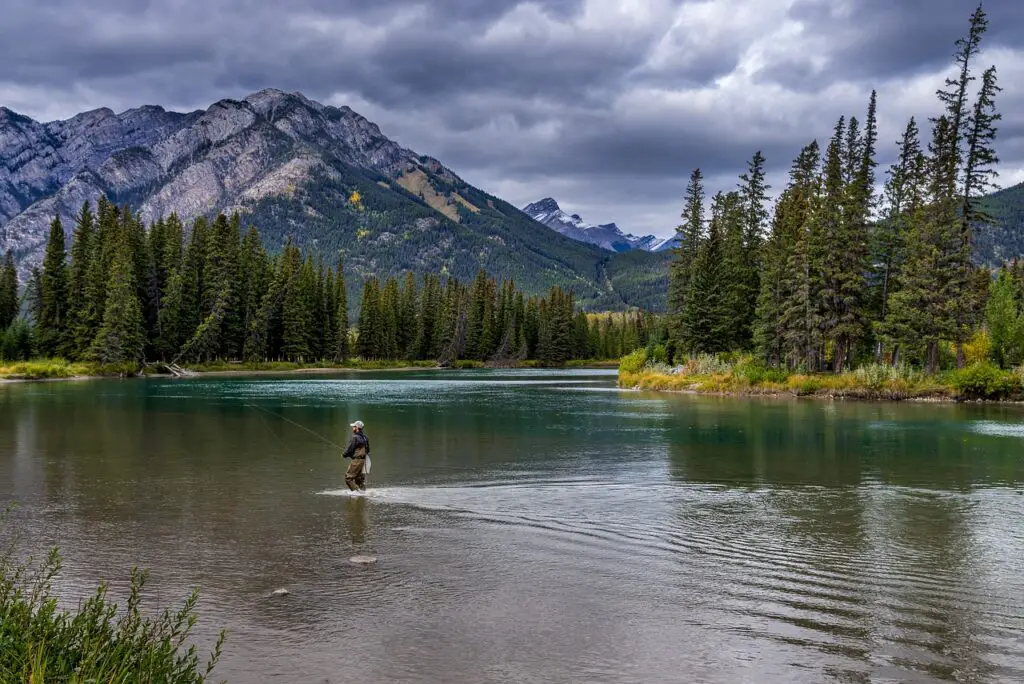
Crater Lake in Oregon is widely considered one of the clearest lakes in the U.S. Its crystal-clear waters are a result of its unique volcanic origin, which means the lake is relatively free from the pollution that affects many other bodies of water. The lake sits in the caldera of an ancient volcano, which was formed thousands of years ago, and its deep, pure waters are constantly replenished by rain and snowmelt. Because there are no rivers flowing into the lake to bring in nutrients or pollutants, the water remains exceptionally clean and clear.
Crater Lake is not only known for its water clarity but also for its stunning blue color, which is due to the purity of the water. The clarity is so impressive that, in some areas, you can see up to 100 feet beneath the surface. This remarkable water quality is a result of the lake’s isolation and the lack of human activity in the area. Crater Lake is a true natural wonder, and its clear waters are a testament to the health of this pristine environment.
2. (Cleanest) Lake Tahoe
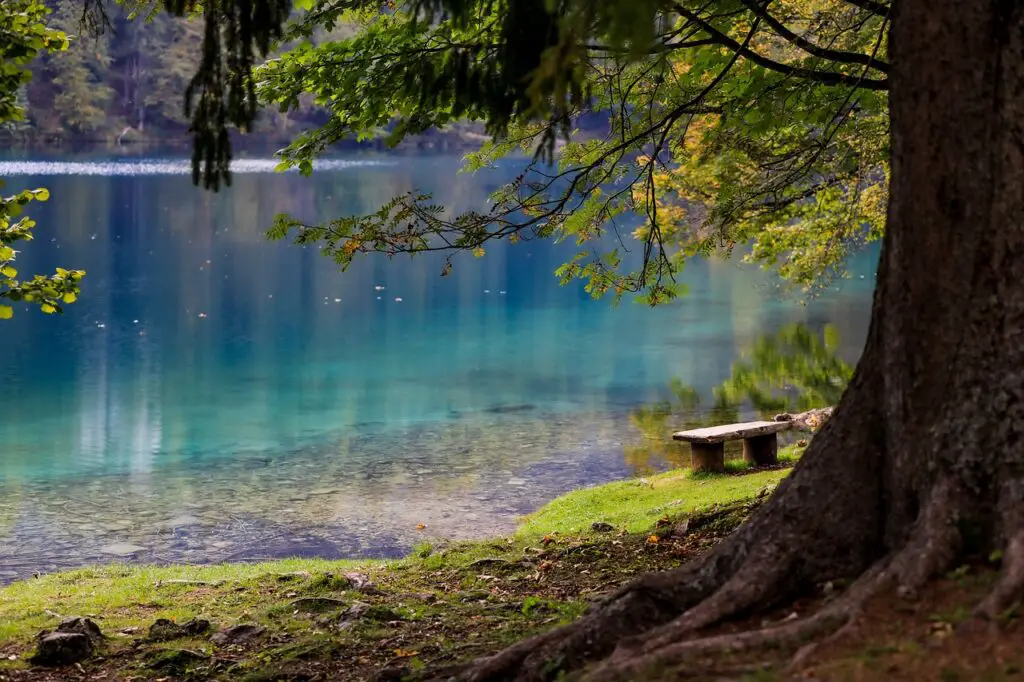
Lake Tahoe, straddling the California-Nevada border, is famous for its crystal-clear water. The lake’s clarity has been a subject of admiration for years, and it has earned a reputation as one of the clearest large lakes in the U.S. The water clarity is due to a combination of factors, including low levels of pollutants, limited industrial activity, and rigorous environmental protections in the surrounding areas. The clarity of the lake allows for visibility of up to 70 feet below the surface in certain parts of the lake.
However, in recent years, Lake Tahoe’s clarity has been threatened by urban development and pollution, particularly from runoff and invasive species. Despite these challenges, ongoing conservation efforts have worked to preserve the lake’s clarity. State agencies have focused on reducing nitrogen and phosphorus levels, which contribute to algae blooms and murky water. Thanks to these efforts, Lake Tahoe remains one of the clearest and most beautiful lakes in the U.S.
3. (Cleanest) Blue Lake

Blue Lake, located in New Mexico, is one of the clearest lakes in the U.S. Known for its vibrant, turquoise-blue color, the lake sits within the Valles Caldera National Preserve, a volcanic region that is rich in natural beauty. The lake’s water clarity is exceptional, with visibility often reaching depths of over 100 feet. Blue Lake is isolated from industrial activities and large-scale urban development, which contributes significantly to its pristine water quality. The surrounding ecosystem is relatively untouched by human influence, which helps maintain the lake’s clean and clear waters.
The lake is fed primarily by snowmelt and rainwater, which helps prevent any major contaminants from entering the water. Blue Lake’s remote location and low human traffic mean that the lake remains largely untouched, providing a peaceful and serene setting for visitors. The clarity of the water, combined with the surrounding volcanic landscape, makes Blue Lake a natural gem and a fantastic example of the U.S.’s cleanest and clearest bodies of water.
4. (Cleanest) Flathead Lake
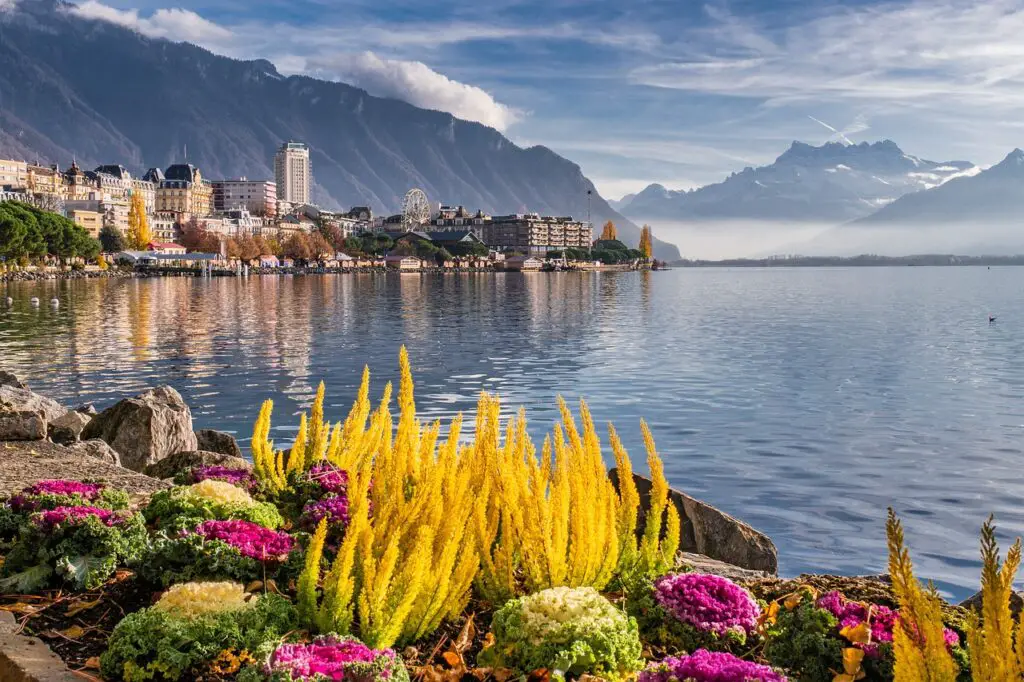
Flathead Lake, located in Montana, is one of the largest freshwater lakes in the U.S. and is also known for its exceptional water clarity. The lake’s waters are remarkably clear due to its cold temperatures and low levels of nutrients, which prevent the overgrowth of algae that can cloud the water. Additionally, the surrounding area is sparsely populated, and there is minimal industrial development near the lake, which helps maintain its pristine condition. Flathead Lake’s clear waters are so transparent that, in some areas, you can see to depths of up to 30 feet.
Efforts to preserve Flathead Lake’s water quality have been successful in maintaining its clarity. Conservation groups have worked with local governments to regulate pollution levels, manage wastewater, and protect the surrounding watershed. These efforts have helped keep the lake clean and clear, providing a haven for wildlife and a stunning environment for outdoor enthusiasts. Whether you’re boating, fishing, or simply enjoying the scenery, the clarity of Flathead Lake makes it a favorite destination for nature lovers.
5. (Cleanest) Lake McDonald
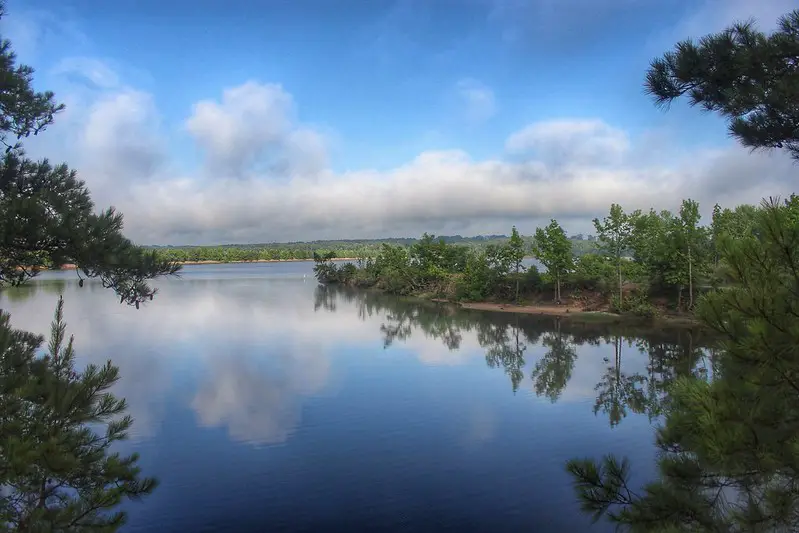
Lake McDonald, located in Glacier National Park in Montana, is another beautiful, clear lake that attracts visitors from around the world. The lake is known for its vibrant blue-green color, which is a result of the high purity of its water. Lake McDonald’s clarity is the product of its pristine environment, which is protected by the national park designation. The lake sits at an elevation of around 3,000 feet and is fed by glacial meltwater, which is naturally filtered and free from pollutants. The surrounding wilderness and low human population ensure that the water remains exceptionally clean.
In addition to its water clarity, Lake McDonald is home to a variety of wildlife, including native fish species. The lake’s waters remain clear, even in areas with higher concentrations of organic matter, due to the purity of the water. Visitors to Glacier National Park can enjoy the stunning beauty of Lake McDonald, whether they are hiking along its shores or simply taking in the breathtaking views. The lake’s clarity is a testament to the importance of protecting natural resources and maintaining the integrity of protected areas.
6. (Cleanest) Big Bear Lake
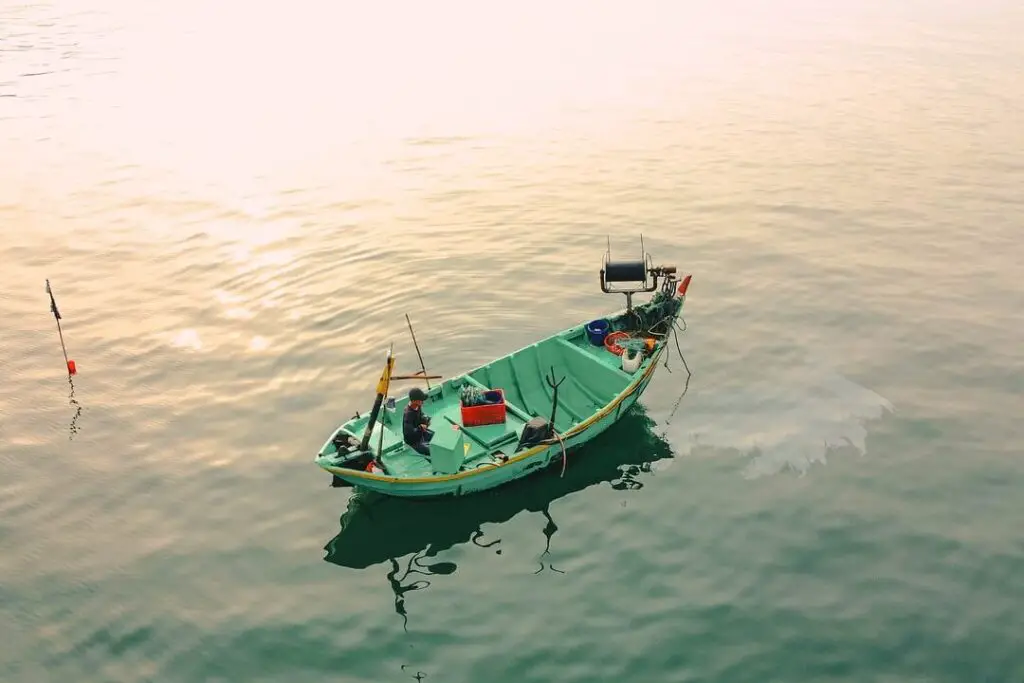
Big Bear Lake, located in Southern California, is known for its clear waters and scenic mountain views. The lake’s clarity is largely due to the relatively low levels of development around it, as well as ongoing efforts to maintain water quality through environmental management programs. The lake is fed by snowmelt from the surrounding mountains, and its water is naturally filtered through the soil and rocks. Additionally, the surrounding Big Bear Valley has been designated as a protected area, which helps reduce the impact of pollution and runoff from surrounding urban areas.
Despite being a popular destination for boating, fishing, and recreation, Big Bear Lake has maintained its water clarity due to local efforts to control pollutants and manage water quality. Conservation programs have been implemented to address issues like erosion, nutrient loading, and invasive species. These programs have been effective in ensuring that the lake remains clear and healthy, making it one of Southern California’s top outdoor recreation spots. Whether you’re enjoying a peaceful day on the water or hiking around the lake, Big Bear offers clean, clear waters and a beautiful setting.
7. (Cleanest) Torch Lake
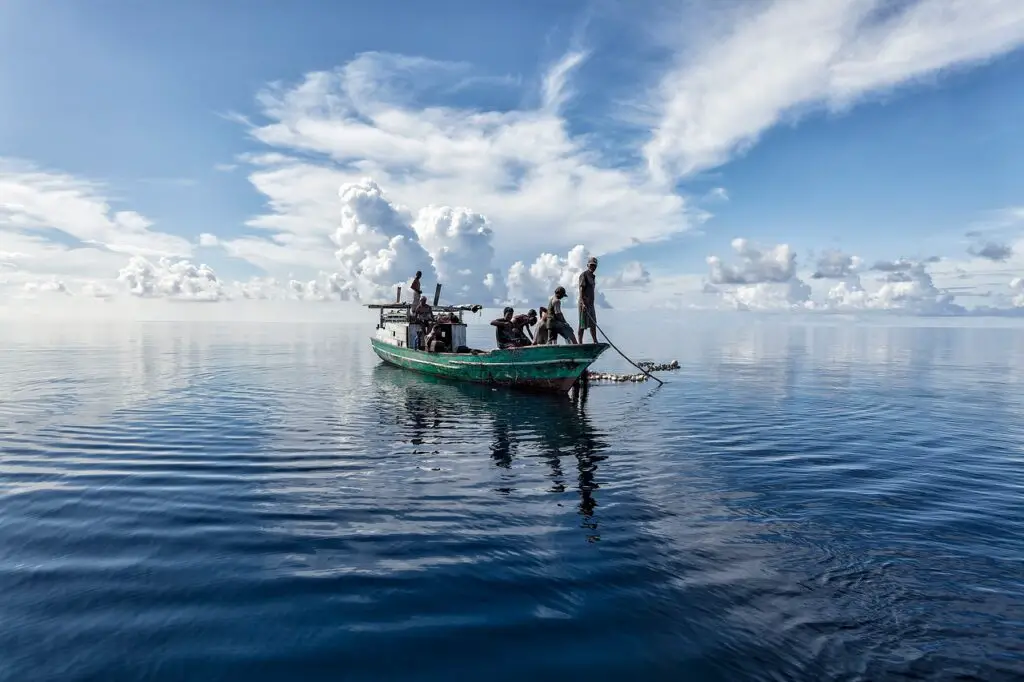
Torch Lake, located in Michigan’s Lower Peninsula, is renowned for its stunningly clear water, which is often described as some of the clearest in the United States. The lake is a popular destination for boating, swimming, and fishing, and its exceptional water clarity is a major draw for visitors. Torch Lake’s water is remarkably pure, thanks to its natural filtration through surrounding wetlands and forests. The lake’s waters are also replenished by snowmelt, which further helps maintain its cleanliness and clarity. The combination of these factors makes Torch Lake one of the clearest and most beautiful lakes in the U.S.
Torch Lake is surrounded by relatively low density development, which helps prevent pollution and preserve the natural environment. In addition to its clarity, the lake is home to a diverse array of aquatic life, including native fish and plant species. The local community has worked to protect the lake through various environmental initiatives, such as regulating shoreline development and reducing nutrient runoff. As a result, Torch Lake remains a pristine body of water that offers clear, refreshing waters for all to enjoy.


